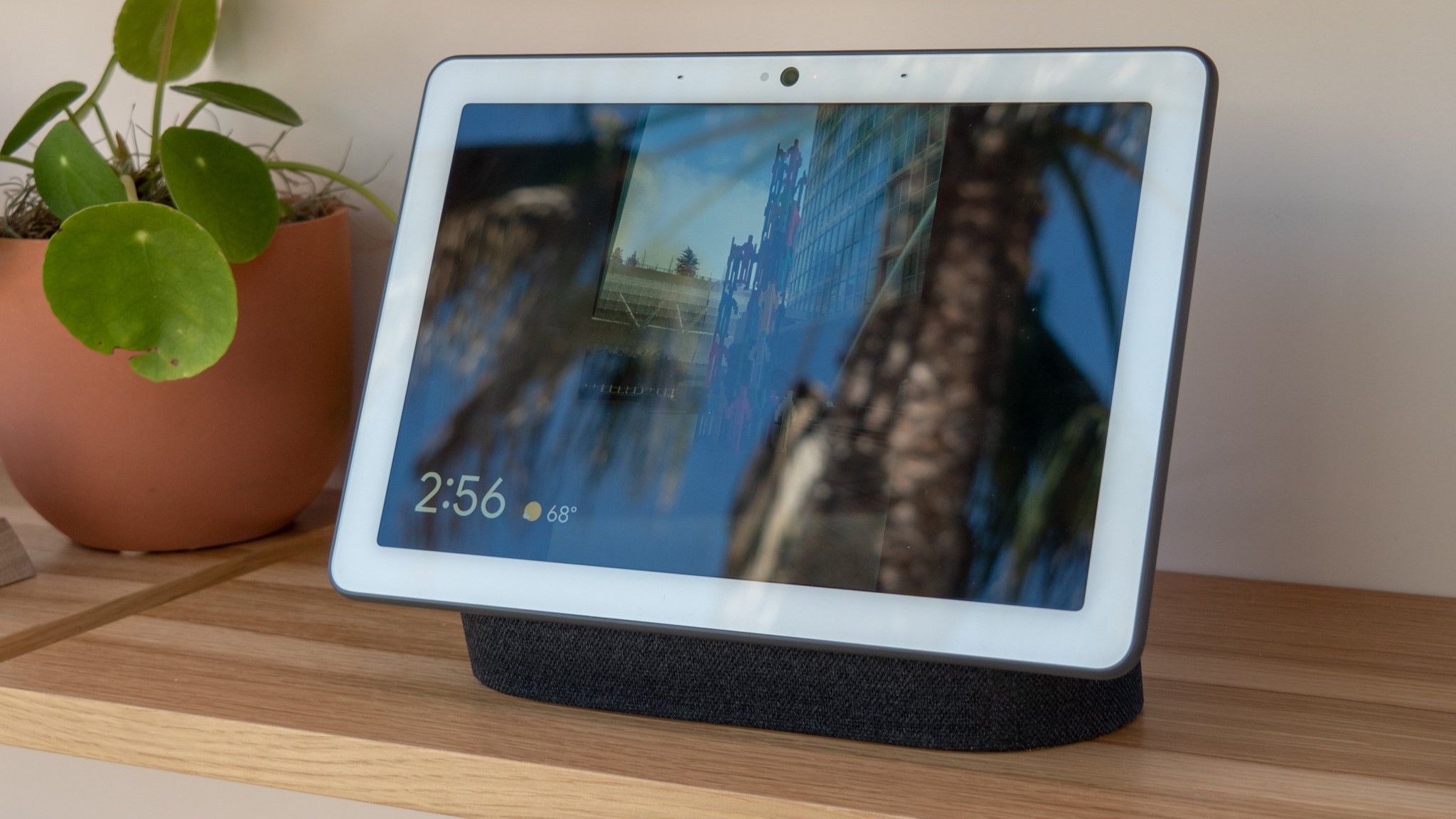Google Pixel Tablet vs. OnePlus Pad: One's utilitarian, the other is for productivity
Productivity vs. utility
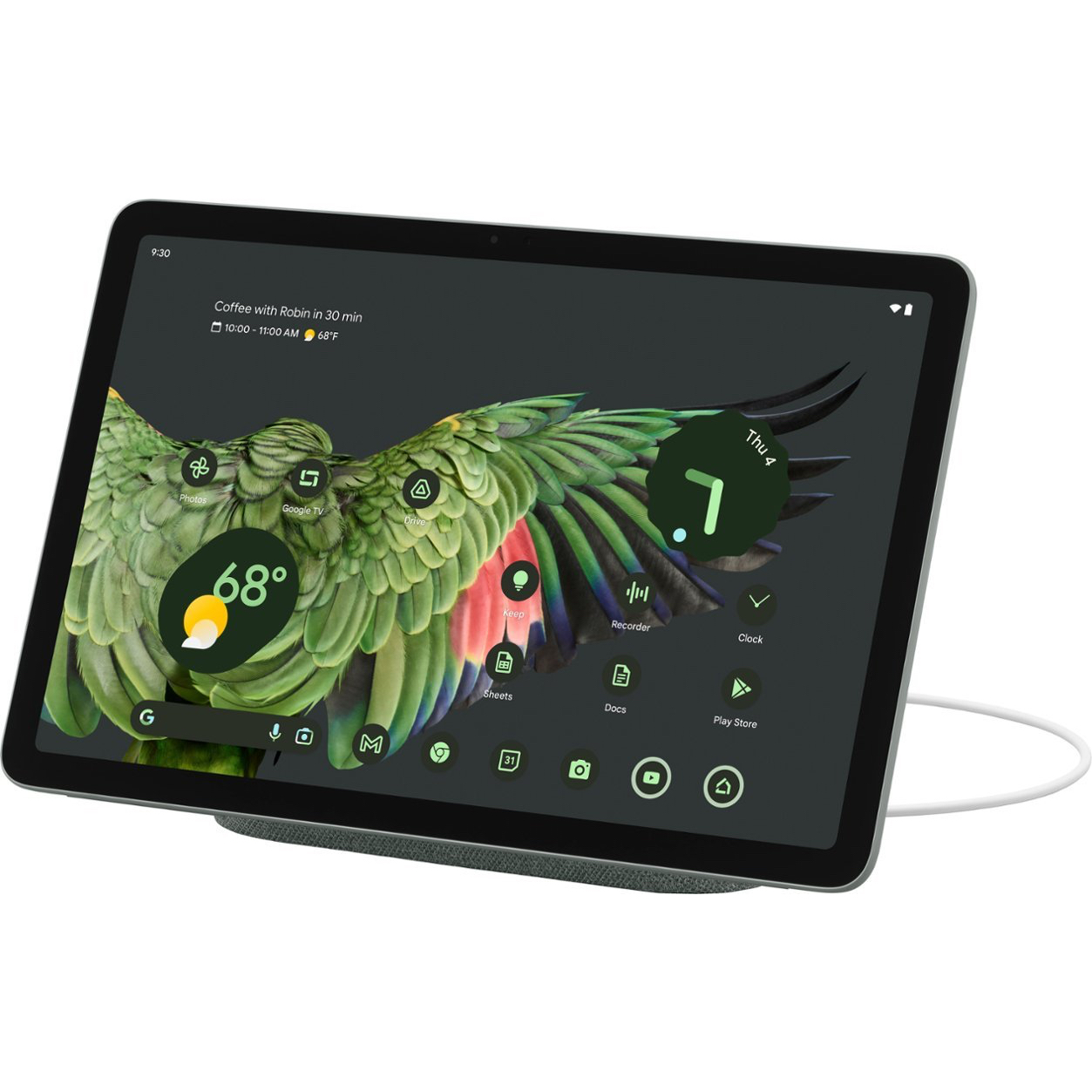
The new smart home hub
Google decided to take a different approach with the Pixel Tablet. Instead of focusing on productivity, this new device can transform the way you interact with your smart home, and more.
Pros
- Google's first tablet in years
- Includes a charging speaker dock in the box
- Up to 12 hours of battery life
- Unique "Home Mode" for smart home controls
- Built-in Chromecast
Cons
- Display is limited to a 60Hz refresh rate
- No first-party keyboard or stylus peripherals
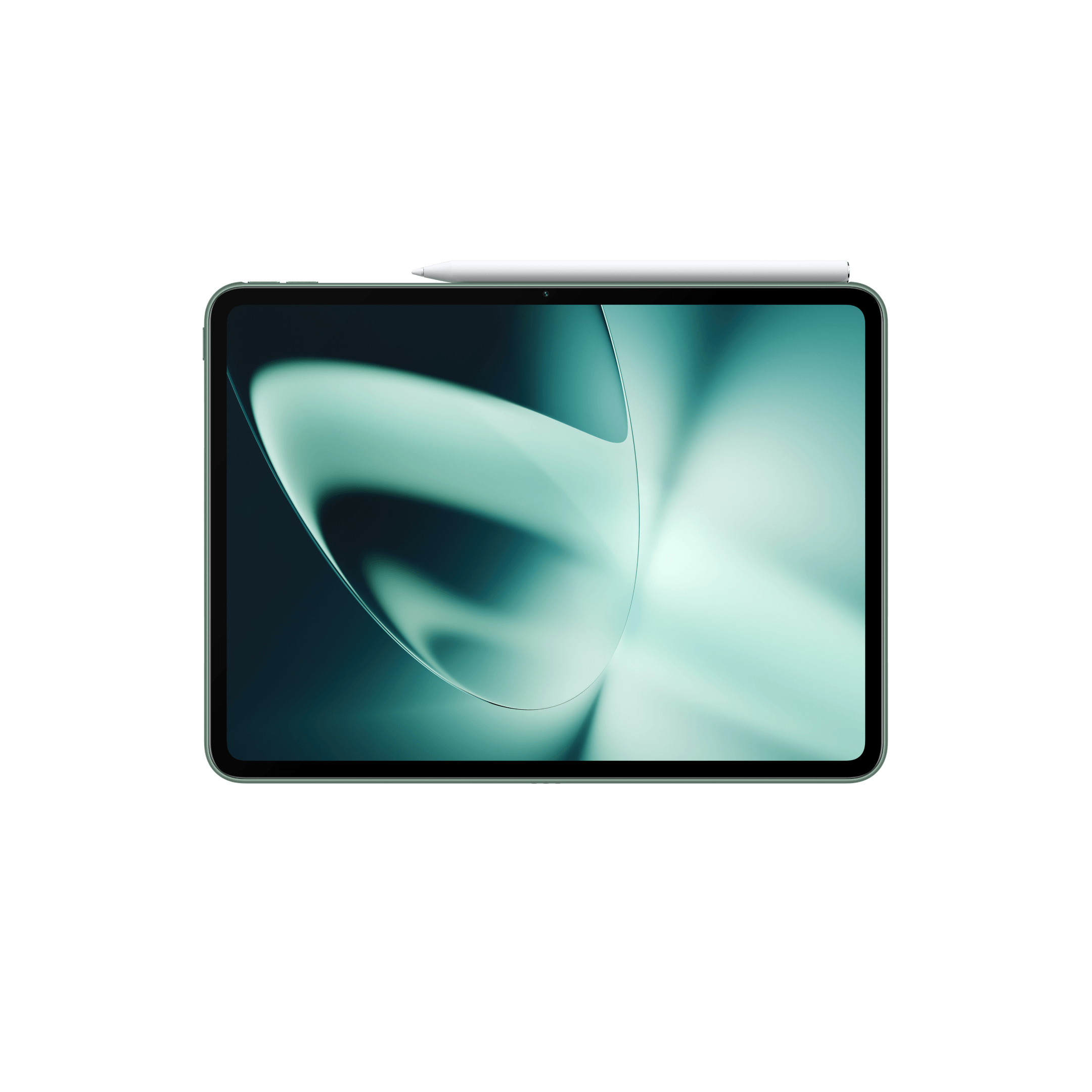
Focused on productivity and gaming
If you want more than just a content-consumption device, the OnePlus Pad is going to be the way to go. Between the 144Hz display and the optional keyboard and stylus, the OnePlus Pad is designed for portable productivity.
Pros
- Much better for multitasking and gaming
- 144Hz refresh rate LCD display
- First-party keyboard and stylus are available
- 67W SuperVOOC charging
- Up to 12 hours of battery life
Cons
- Limited to 128GB of storage
- Keyboard and stylus aren't included
If you asked us in 2022 whether we would end up having more competition in the Android tablet space, we probably would have scoffed at the idea. However, that would have been the wrong take completely, as not only is Google's Pixel Tablet finally on the way, but OnePlus beat Google to the punch with the OnePlus Pad.
While there are some similarities between the Pixel Tablet vs. OnePlus Pad, these two tablets are aimed at different target audiences. So let's dive in and see which of these tablets is worth your hard-earned cash.
Pixel Tablet vs. OnePlus Pad: Specs and performance
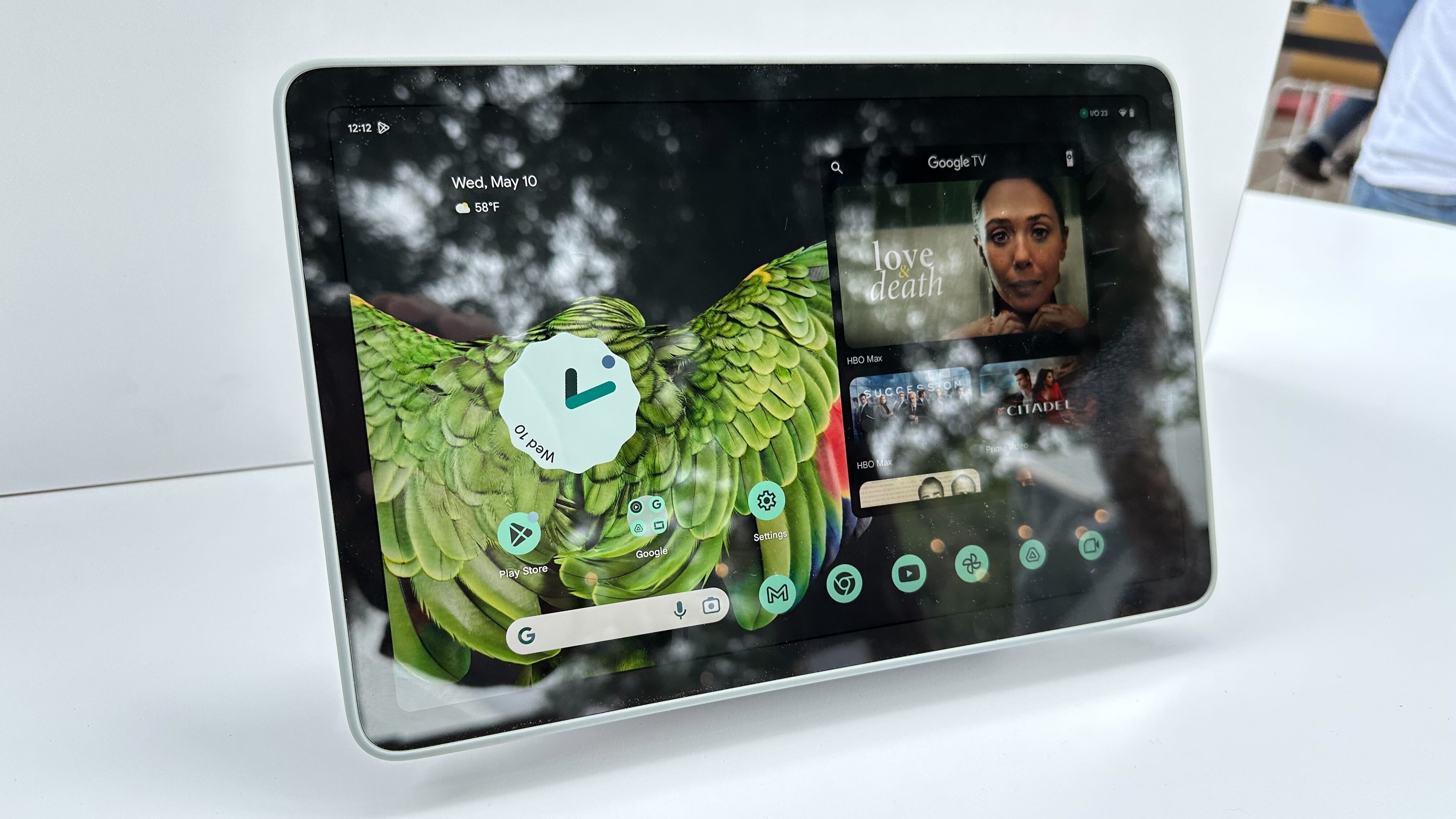
Starting off with the Pixel Tablet, Google first showed off its tablet back at Google I/O 2022 alongside the Pixel 7 series and Pixel Watch. It wasn't until I/O 2023 that Google provided any additional information about the final release, likely to fine-tune the software a bit more.
The Pixel Tablet features a 10.95-inch LCD panel with a 2560 x 1600 resolution and can reach up to 500 nits of peak brightness. Powering the device is the Google Tensor G2 chip, the same one found in the Pixel 7 and Pixel Fold, paired with 8GB of RAM and either 128GB or 256GB of storage.
| Category | Google Pixel Tablet | OnePlus Pad |
|---|---|---|
| Chipset | Google Tensor G2 | Mediatek Dimensity 9000 |
| Display | 10.95-inch IPS LCD (60Hz), 2560 x 1600 | 11.61-inch LCD (144Hz), 2800 x 2000 |
| Memory | 8GB | 8GB |
| Storage | 128GB or 256GB | 128GB |
| Expandable storage | None | None |
| Rear Camera | 8MP | 13MP |
| Front Camera | 8MP | 8MP |
| Battery | 7,020mAh | 9,510mAh |
| Charging | 15W (Dock or USB-C) | 67W SuperVOOC (USB-C) |
| Connectivity | Wi-Fi 6, Bluetooth 5.2 | WiFi 6, Bluetooth 5.2 |
| Stylus | Works with USI 2.0, not included | Works with OnePlus Stylo |
| Dimensions | 258 x 169 x 8.1mm; 10.2 x 6.7 x 0.3in | 258.03 x 189.41 x 6.54mm; 10.15 x 7.45 x 0.25in |
| Weight | 493g | 555g |
| Colors | Porcelain, Hazel, Rose (US-only) | Halo Green |
| Price | $499 | $479 |
Battery life is rated for up to 12 hours on a single charge courtesy of the 27Wh battery. Charging is handled by either the USB-C port on the bottom or via the Charging Speaker Dock, which is included in the box.
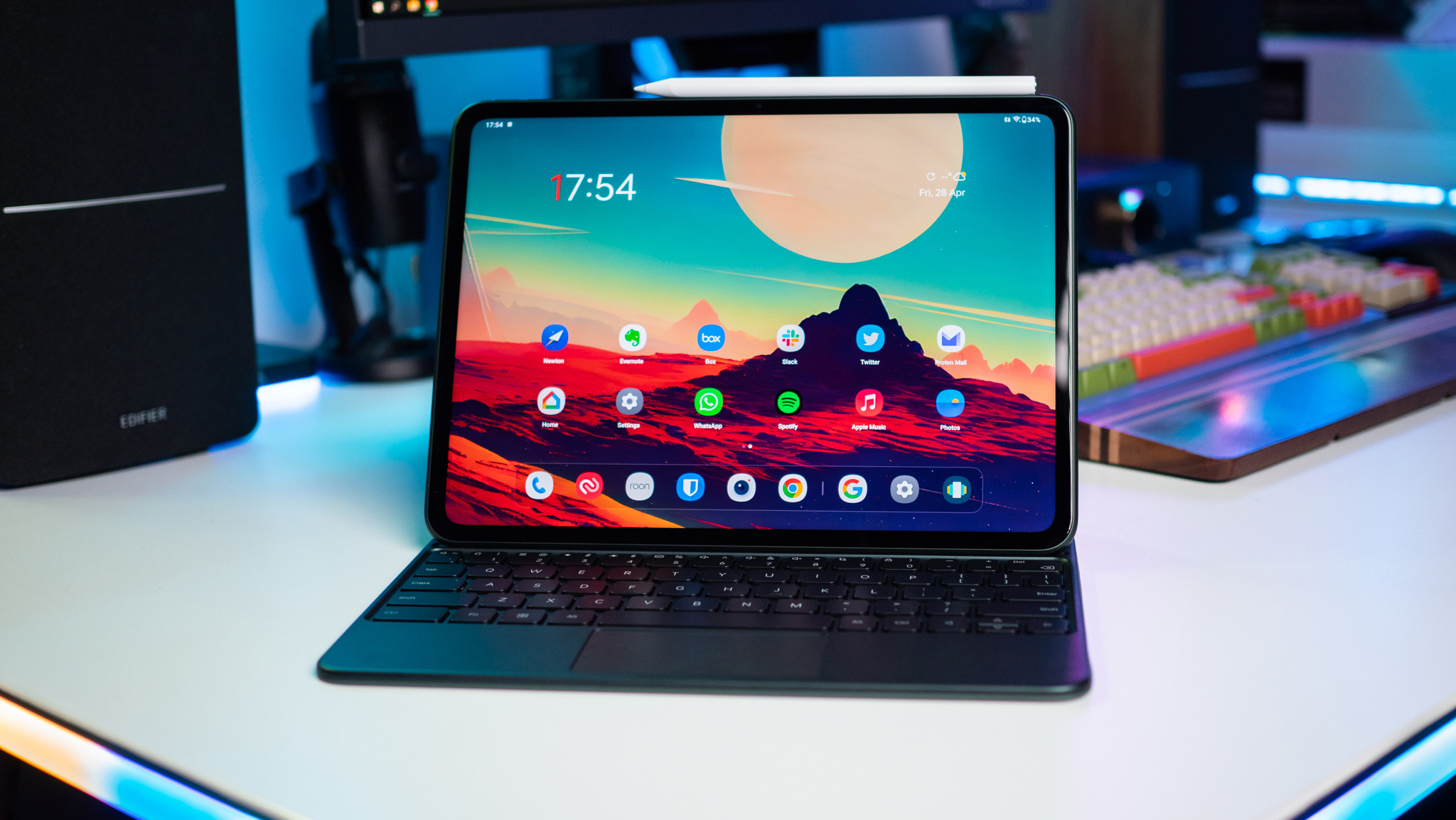
In terms of raw specs, the OnePlus Pad has a leg up in a few different ways. For one, the tablet is using a slightly-larger 11.61-inch LCD display with a 2800 x 2000 resolution. But the big benefit here is the 144Hz refresh rate, while the Pixel Tablet is limited to just 60Hz.
OnePlus also opted to go a different route in the processor department, as instead of using a Qualcomm chip, the OnePlus Pad is powered by the MediaTek Dimensity 9000. This is paired with 8GB of RAM but there is only one storage configuration available, as the OnePlus Pad comes with 128GB of non-expandable storage.
Get the latest news from Android Central, your trusted companion in the world of Android
Battery life is also subjectively better on the OnePlus Pad with its 9,510mAh battery. And while OnePlus isn't offering a speaker dock, it does provide 67W SuperVooc charging, meaning that you won't have to wait nearly as long to get your tablet juiced back up to 100% compared to the Pixel Tablet.
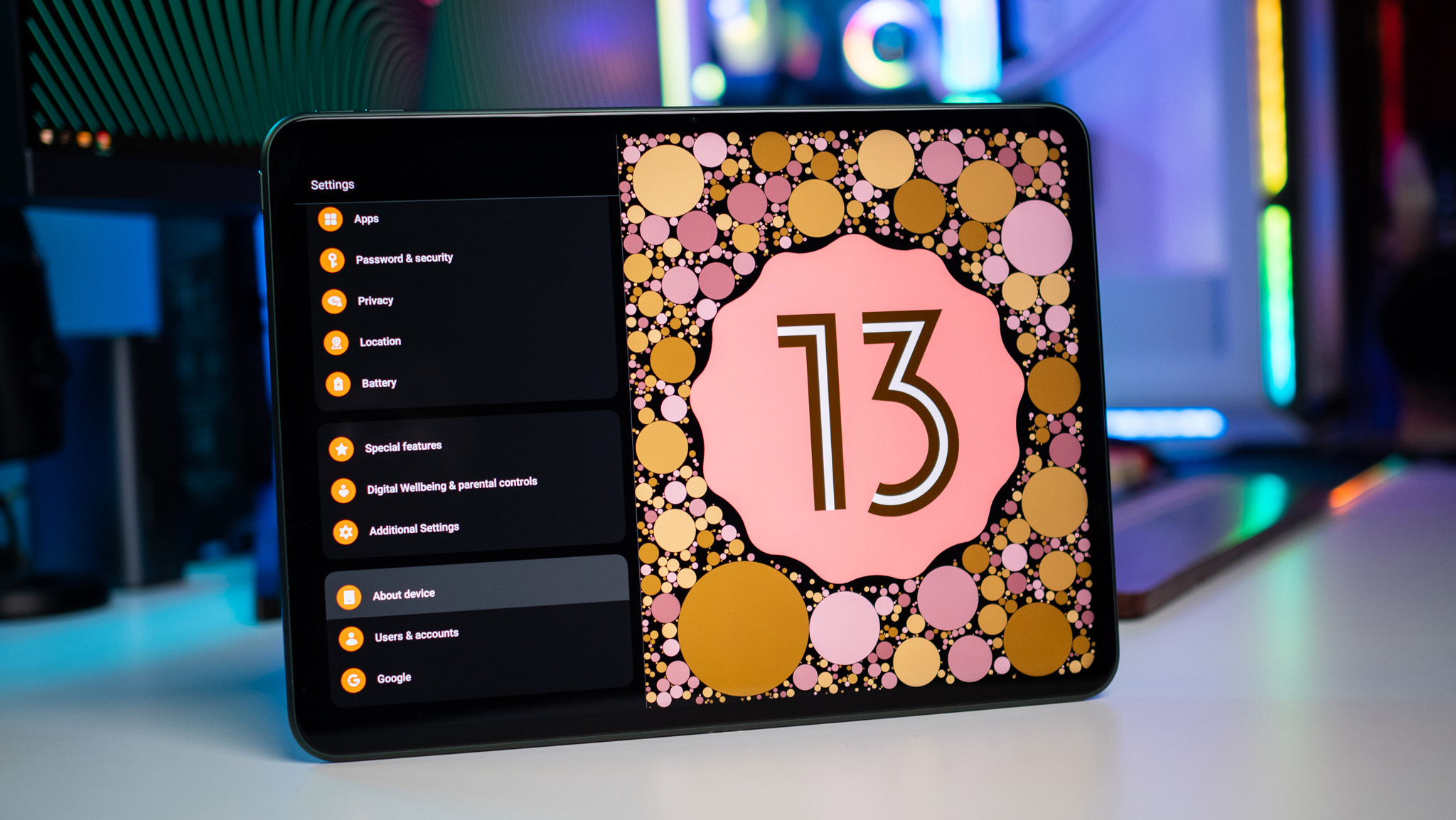
Lastly, both of these tablets ship with Android 13 out of the box, with the OnePlus Pad featuring the OxygenOS overlay. As you might suspect, the Pixel Tablet is running Google's excellent Material You-infused software interface, providing some uniformity if you're already using a Pixel 7.
Pixel Tablet vs. OnePlus Pad: Different use cases
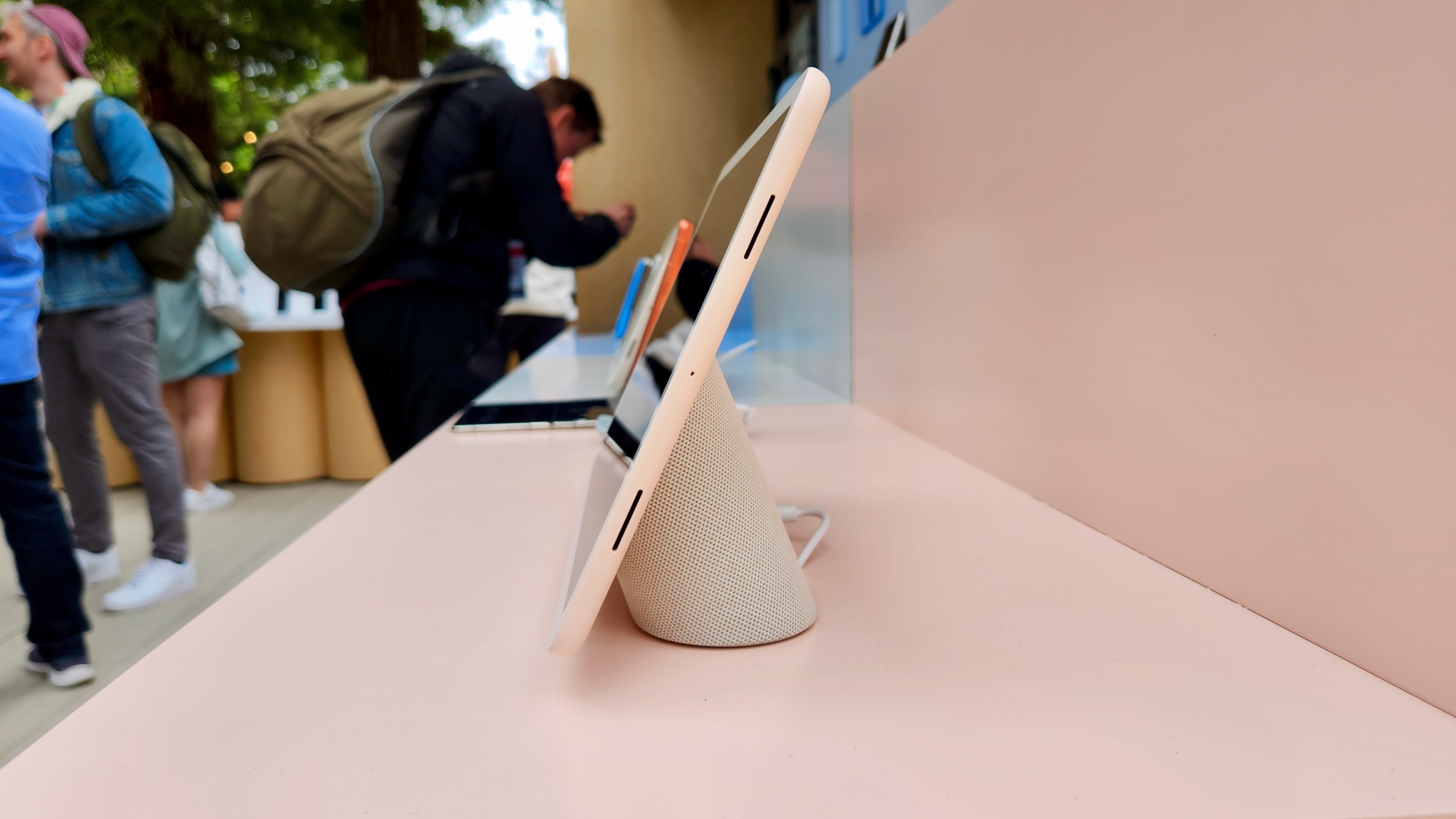
It became pretty obvious as soon as the Pixel Tablet was released that this wasn't going to be an iPad Pro competitor. The pogo pins on the back gave us some hope, but as it turns out, these are for the Charging Speaker Dock that was also introduced.
Instead of trying to help you get work done away from your desk, the Pixel Tablet is mainly focused on entertainment and transforming your smart home experience. Google built a new and Pixel Tablet-specific "Home Mode" which turns your tablet into a smart display when it's placed on the Charging Speaker Dock. The Pixel Tablet is also the first Android tablet to feature a built-in Chromecast, so you can cast music or videos from your phone.

On the other hand, the OnePlus Pad aims to become your portable productivity machine. There are specific software tweaks designed to make it easier to multitask, such as the two-finger gesture to enable split-screen multitasking. OxygenOS on the OnePlus Pad also includes a sidebar that makes it easy to quickly launch any app without leaving the current app that you're using.
Going even further, OnePlus also offers a stylus and magnetic keyboard for those who want to get the full productivity experience. Unlike the Pixel Tablet with the Charging Speaker Dock, you'll have to shell out an extra $99 for the OnePlus Stylo (stylus) and another $149 for the Magnetic Keyboard. So at the end of the day, you're looking at closer to $730 for the entire package compared to the $499 price tag of the Pixel Tablet.
Pixel Tablet vs. OnePlus Pad: Which should you buy?
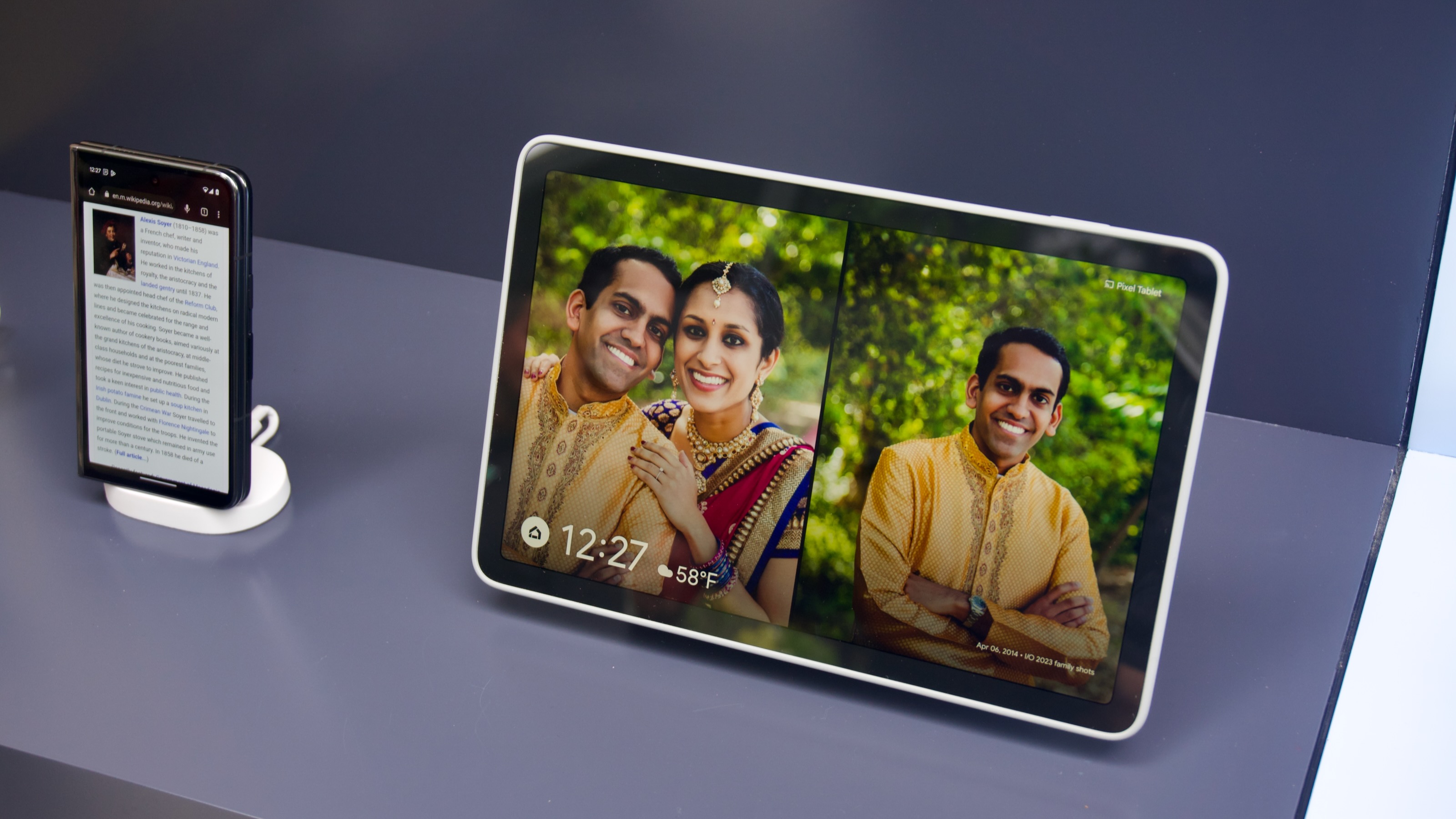
Deciding between the Pixel Tablet vs. OnePlus Pad really comes down to what you plan to use your tablet for. If you're someone who primarily works from a computer or laptop and doesn't need a portable workstation, then the Pixel Tablet is the way to go. Not only is there a lot of excitement surrounding Google's first tablet since the Pixel Slate, but the Pixel Tablet has the potential to provide the ultimate smart home experience.
That being said, the OnePlus Pad is no slouch even with the software not being quite as polished and fluid as we might have hoped. It has a larger display with a faster refresh rate, which is great for gaming. And you do have the option to pair it with OnePlus' Magnetic Keyboard and Stylo if you want to get work done on the go.
At the end of the day, these are still Android tablets and the experience is still a "work in progress." For the same cost as getting the OnePlus Pad with all of its accessories, you might be better off just grabbing an iPad Air and calling it a day. But if you want a content-consumption device, then the Pixel Tablet is going to be our pick.

Everything you need
Unlike other tablets which make you spend more money to get the best experience, Google's Pixel Tablet includes everything in the box.

Spending more to do more
The OnePlus Pad by itself is a pretty solid tablet, but if you want to get the most out of it, you'll need to spend even more money, and even then, it might not be worth it.

Andrew Myrick is a Senior Editor at Android Central. He enjoys everything to do with technology, including tablets, smartphones, and everything in between. Perhaps his favorite past-time is collecting different headphones, even if they all end up in the same drawer.
